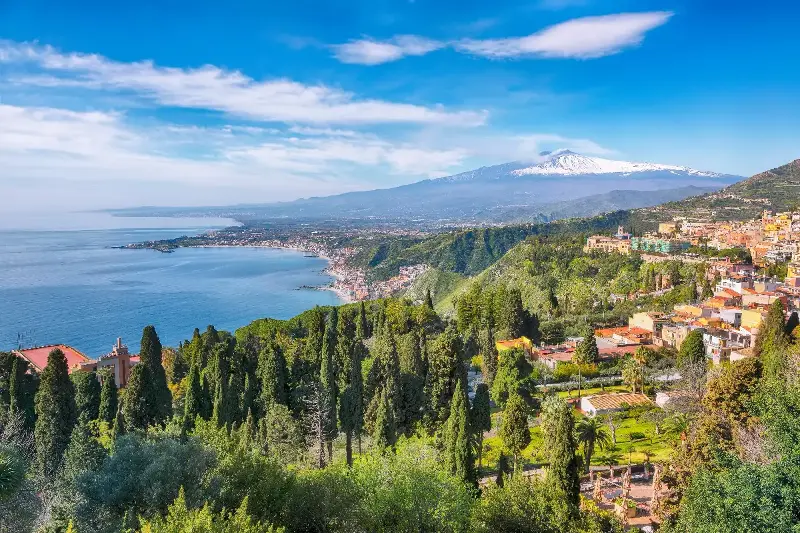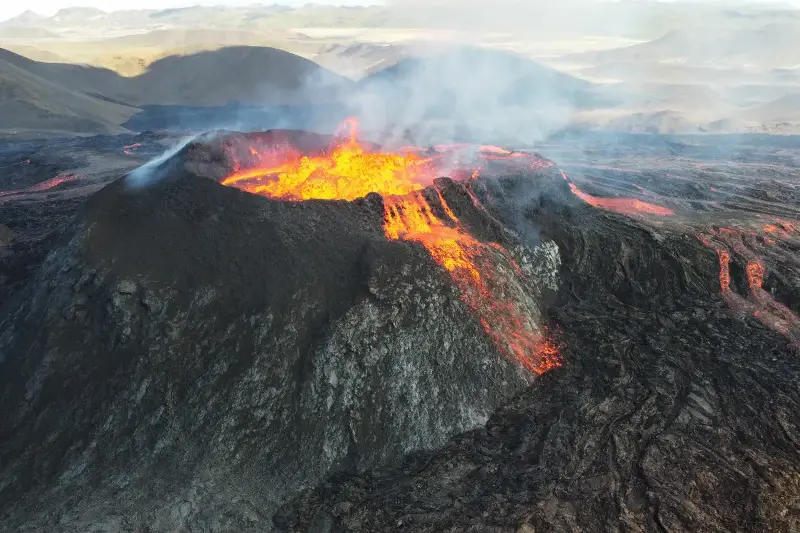There’s something undeniably alluring about volcanoes. Rising majestically above landscapes, crackling with energy beneath our feet, they’ve captured human imagination for thousands of years. But these fiery mountains are more than simply natural spectacles—they are living earth science lessons waiting to be explored. Whether you’re planning your next big adventure or simply curious from the comfort of your armchair, volcanoes offer a fascinating world of science, history, and jaw-dropping beauty. Let’s journey into the heart of the Earth’s most explosive wonders!

The Anatomy of a Volcano: More Than Just Lava
At its core, a volcano is a vent in the Earth’s crust where molten rock, ash, and gases escape from deep underground—yet the story is far from simple. Deep beneath the surface, intense heat melts rock into magma. When pressure forces this magma upwards, it can break through to the surface, leading to a spectacular eruption.
Not all volcanoes are the same—Shield volcanoes (like Mauna Loa in Hawaii) release slow, flowing lava, gradually building massive, broad mountains. Stratovolcanoes (such as Mount Fuji in Japan or Mount St. Helens in the USA) amass steep, conical slopes through alternating explosive eruptions and lava flows. Then come Cinder cones, the "small but mighty" class, forming rapidly from fiery fountains of lava droplets that cool and solidify before hitting the ground.
The eruption style, mountain shape, and volcanic rock type depend on the unique recipe of chemistry and geology simmering below. The thick and sticky magma of some volcanoes traps gas, building pressure until it bursts violently—hence the breathtaking power of eruptions like Krakatoa or Vesuvius.
The Science of Eruptions: What Sets Them Off
What triggers a volcano to erupt? The answers lie in the chemistry deep below our feet. Magma forms in the Earth’s mantle due to high temperatures and pressure. As magma rises through cracks in the crust, gases like water vapour, carbon dioxide, and sulphur dioxide come out of solution, creating bubbles. The pressure from these trapped gases eventually becomes too much for the surrounding rock to contain. When it finally gives way, the built-up pressure is released in a thunderous eruption. It's Earth’s own version of shaking a fizzy drink bottle and then popping the lid!
Volcanoes don’t just erupt for the sake of drama—they play a crucial role in shaping our planet. Eruptions create new land, enrich soil with minerals, form beautiful landscapes, and even influence global climate. Volcanic ash can circle the globe, reflecting sunlight and causing temporary cooling (as witnessed after the 1815 Tambora eruption, which led to “the year without a summer”).

Fiery Wonders of the World: Must-See Volcanoes
If you’re tempted to witness volcanoes up close, you’re in luck; there are safe ways to marvel at these geological wonders. Iceland’s Eyjafjallajökull delivers both drama and scenic hiking routes. Hawaii’s Kilauea offers mesmerising night views of glowing lava lakes, while Mount Etna in Sicily, one of Europe’s most active volcanoes, beckons with lunar landscapes and ancient legends.
Mount Bromo in Indonesia is another traveller favourite—you can climb its staircase and gaze into its smoking crater at sunrise, surrounded by a lunar-like "Sea of Sand". Further south, New Zealand’s Tongariro National Park presents vibrant volcanic lakes and unforgettable treks, shrouded in Māori myths.
Even dormant volcanoes promise adventure. Mount Fuji’s nearly perfect symmetry enchants climbers and artists alike, while Italy’s Vesuvius offers a glimpse into history, standing sentry over the ruins of Pompeii.
Culture and Curiosity: Volcanoes in Myths and Daily Life
Across cultures, volcanoes have inspired myths, rituals, and even cuisine. In Hawaii, Pele is revered as the goddess of volcanoes, and sacred chants sometimes accompany lava flows. In Japan, Mount Fuji is a spiritual symbol, revered in art and poetry. In Indonesia, volcanic soils nurture coffee plantations and vibrant fields.
Modern science, meanwhile, is empowering communities with volcano monitoring systems. Using seismographs and gas sensors, scientists today can forecast many eruptions and help save lives. These advances open up opportunities for adventure tourism, letting visitors safely experience the wonders (and warmth!) of recently erupted sites.

Making Your Own Volcano Adventure Educational
Visiting a volcano is more than ticking an item off your bucket list—it’s a chance to witness the forces that built our planet. Look out for educational visitor centres near major volcanic sites, which often offer hands-on science activities, interactive exhibits, and even virtual reality eruptions.
Photography lovers will find endless inspiration in the surreal shapes, vibrant sulphur pools, and starlit lava flows. And for the truly adventurous, guided hikes up active volcanoes (with local experts, of course) reveal Earth’s secrets up close, while supporting local economies and conservation efforts.
From the classroom to the crater rim, volcano exploration connects us to powerful planetary processes—reminding us that the ground beneath our feet is alive and always changing. Whether through virtual journeys or real-life expeditions, these fiery peaks teach us about risk, renewal, and the breathtaking beauty of the natural world.
Ready to feel the heat? The world’s volcanoes await—promising adrenaline, awe, and education with every fiery breath.
